The archaeological zone was named after a close water deposit named Xpujil, which in Maya it is related to an abundant herb known as "cola de gato" (cat's tail). The first human occupation evidence of the site is dated on 400 B.C.E. during the Late Preclassic period. It reached its most important years, during the Late Classic (600-800 C.E.), which are clearly reflected on its architecture, and its decadence during the Early Postclassic, approximately in the year 1200 C.E., Edifice II is internationally famous due to the not common presence, or the sole case of an edifice in Rio Bec style with three towers. The distribution of its architectural space allows visiting the site through ecoarchaeological paths, you can appreciate at the same time the pre-hispanic architecture and the natureal envirement that surrounds it.

Copyright: © 1999 thru 2021. All the content; content being images, statements and writing of this website including E-Book are the copyright of Freedom8.net and Walter F. Petrucci, West Hurley, New York.
All rights expressly reserved and as such, protected by U.S. and International Copyright Laws. Design by freedom8 webmaster Version8.
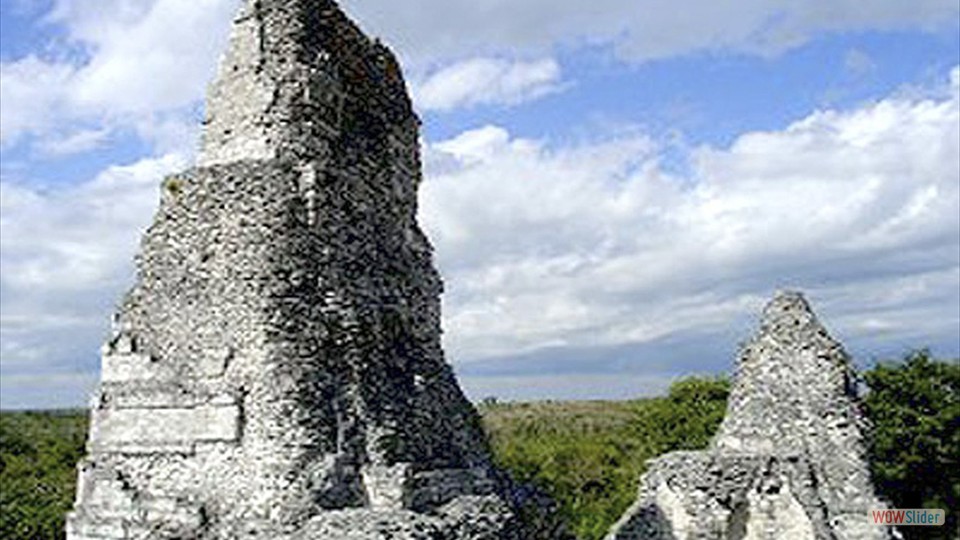
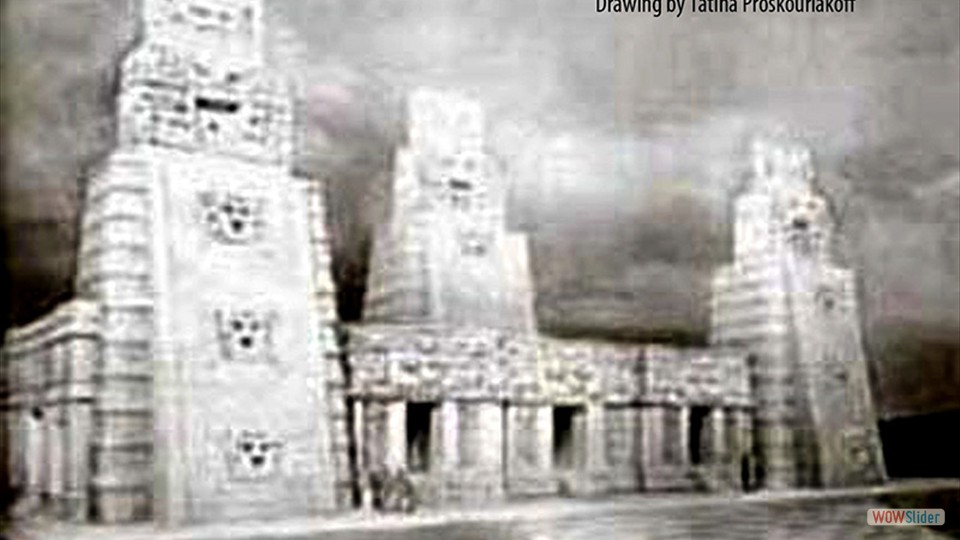
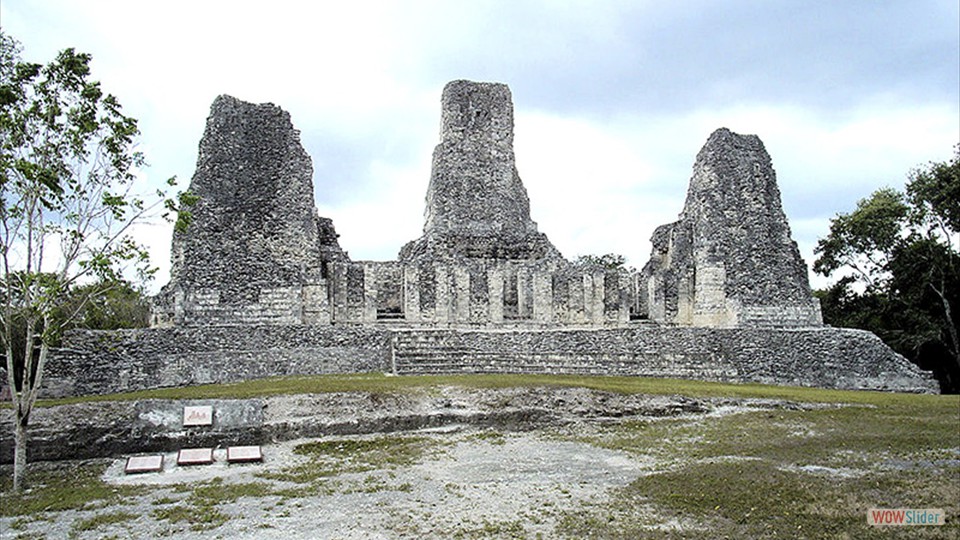
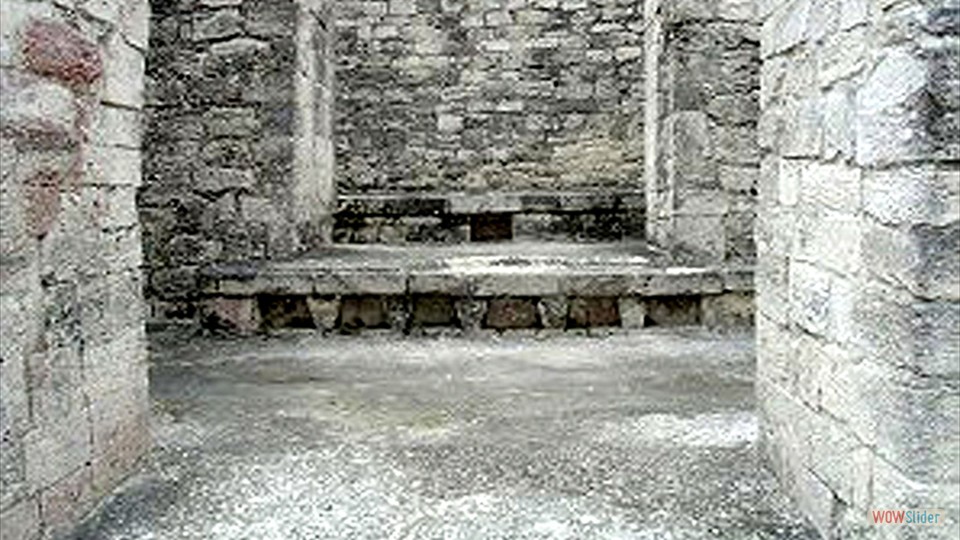
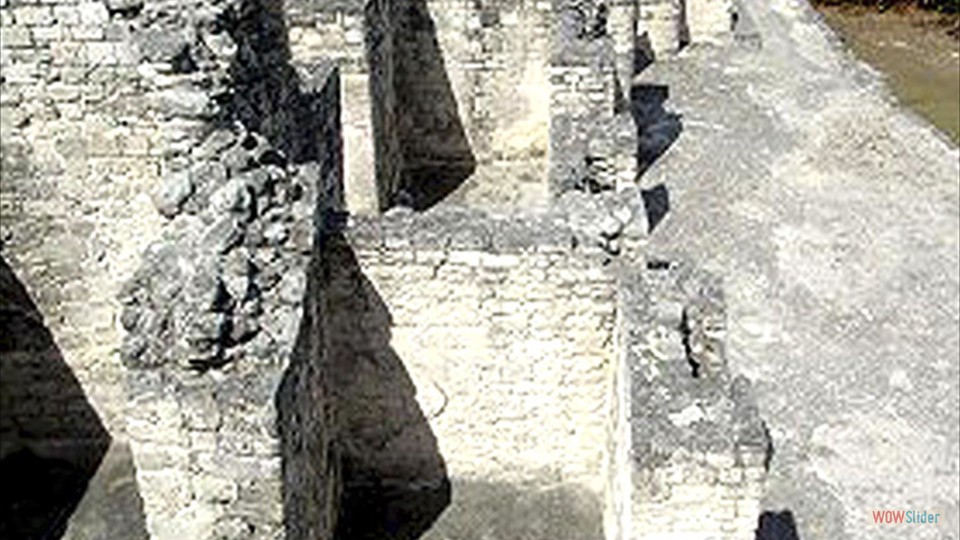

 1
1 2
2 3
3 4
4 5
5 6
6